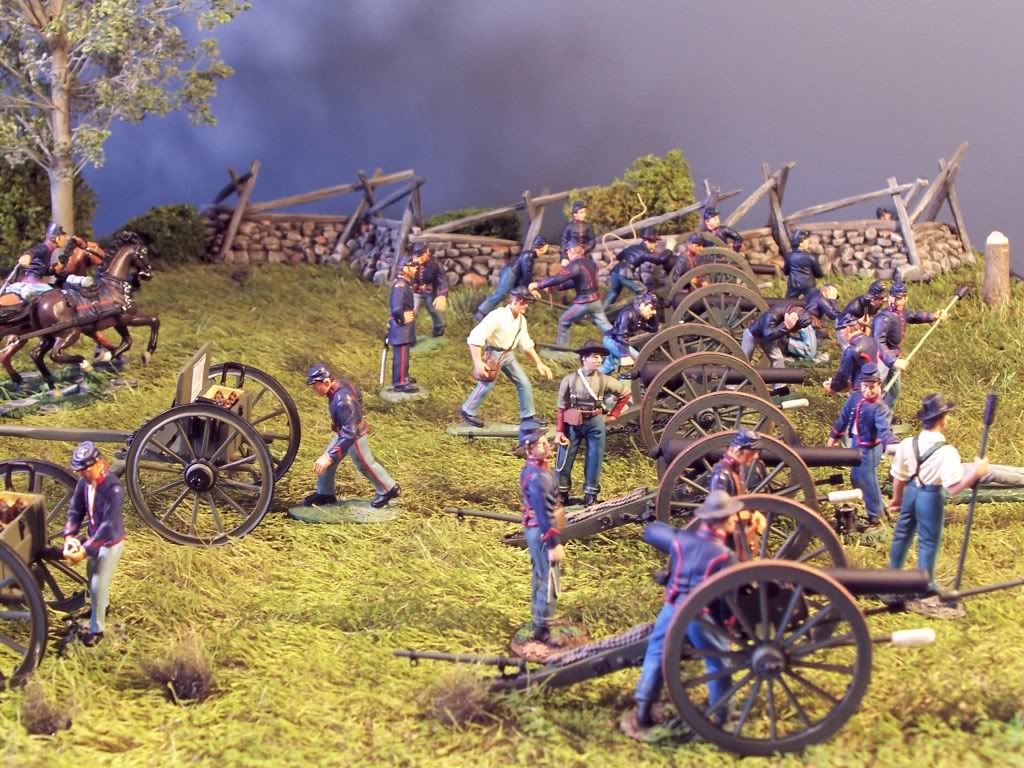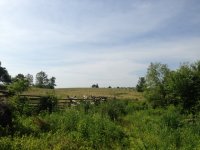Rob
Four Star General
- Joined
- May 18, 2005
- Messages
- 26,622
Guys, Dan Sickles has had a lot of flak over the decades for his actions at Gettysburg in moving forward from his original position and forming a salient as a result. My question to you all is do you think the criticism aimed at him is justified or do you think or did it help blunt the attack of Longstreet's corps?
Would be interested in what you think guys.
Rob
Would be interested in what you think guys.
Rob




